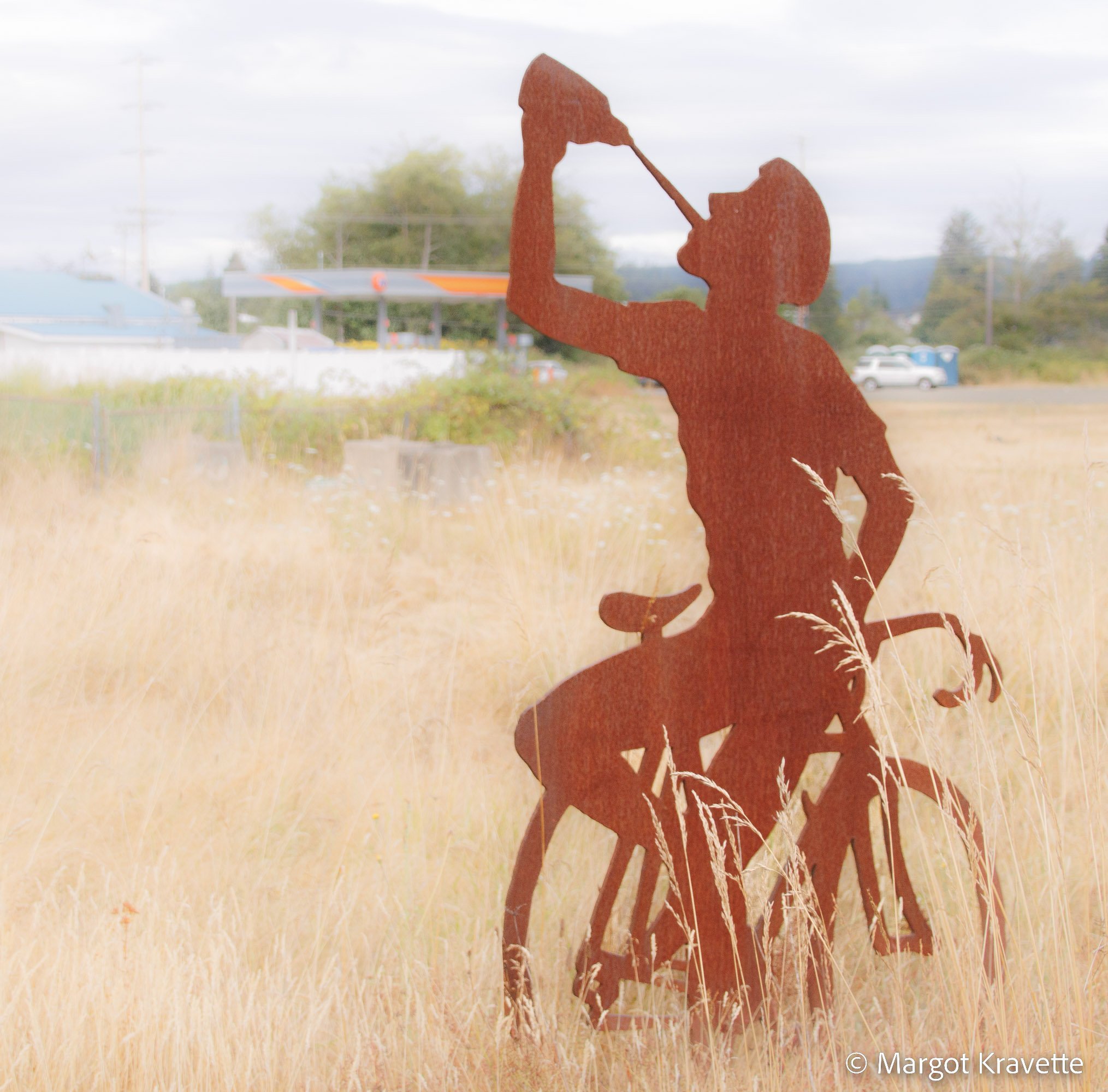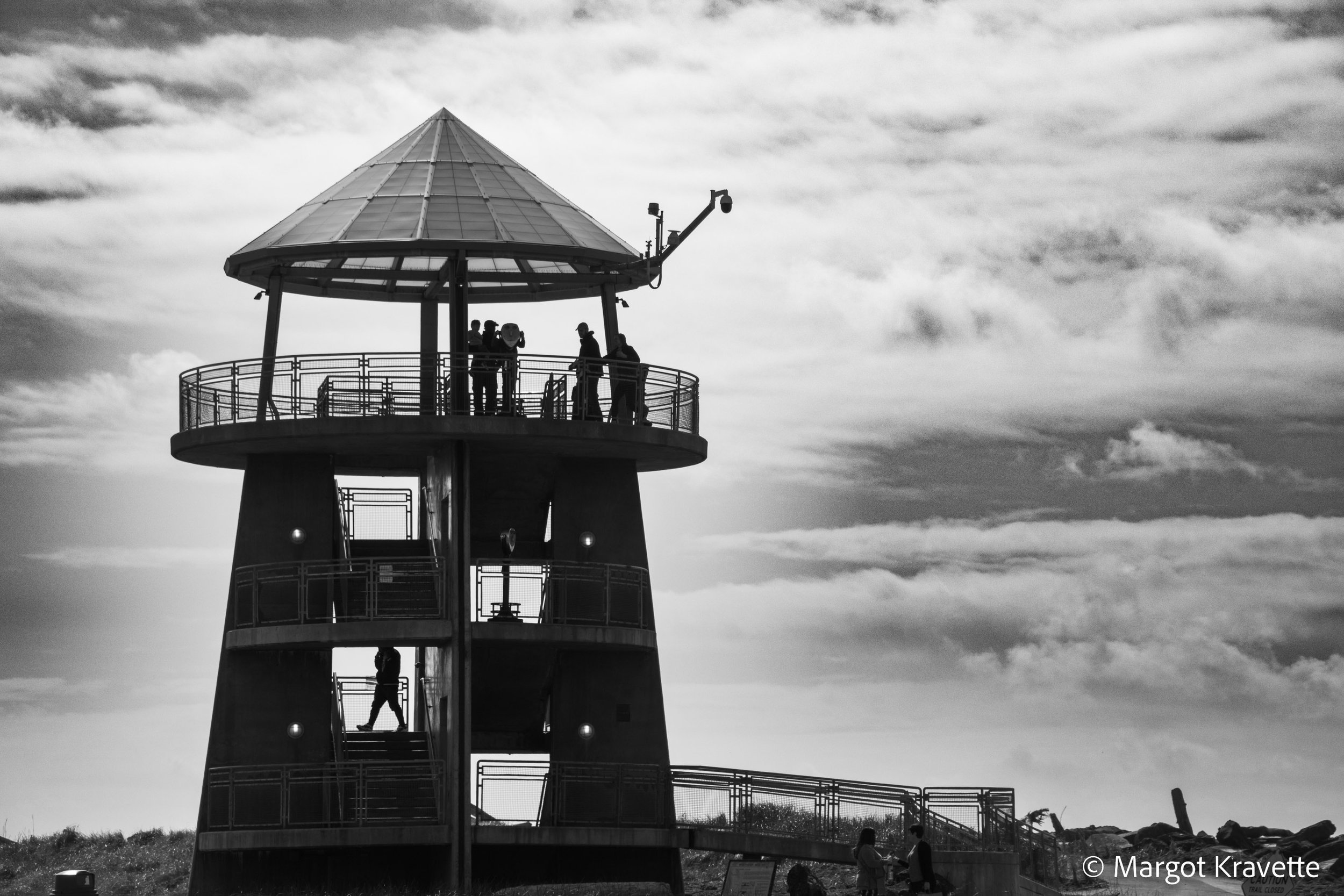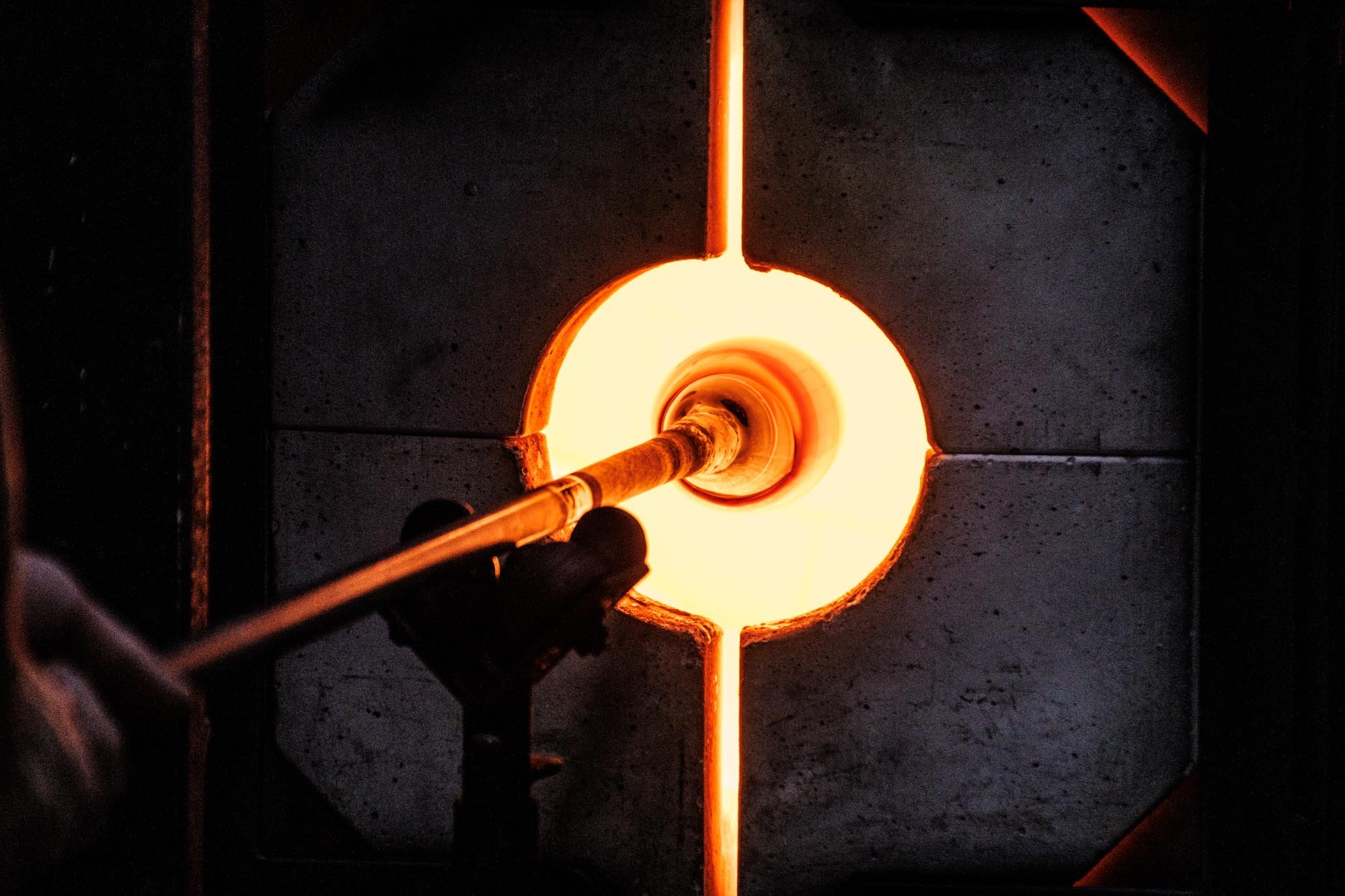To see a full post with photos and content, click on a block below.
To see more posts, click on Older Posts at the end of the page
Seattle’s Central Library
Seattle’s Central Library is a mix of typical library resources as well as unique designs, architecture, and art that are incorporated into the structures of each floor. The Library serves the ages and cultures of the community in many ways.
Fairhaven
In 1977 the Fairhaven Historic District was named to the National Register of Historic Places. Within the District there are 17 buildings that were built between 1889-1909, all of which are still standing in one degree or another, all having significant changes in their occupancies.
Skagit River Eagles
The area between Concrete and Marblemount, along the Skagit River, is the second largest eagle gathering in the United States after Alaska.
Pacific Bonsai Museum
At the Pacific Bonsai Museum, at any given time 60 of the 150 bonsais are on display. They are rotated based the annual exhibit, the stage of the bonsai’s development or if there is something unique about a particular tree such as its flowering. Most of the bonsai are displayed outside year-round. In the extreme winter conditions, each one is protected by an enclosure that acts as its own greenhouse.
Cape Disappointment
Cape Disappointment is located on the southernmost end of the Long Beach Peninsula with its entrance in Ilwaco. Although it was first mapped by Spaniard Bruno De Hezeta in 1775, the Cape was named by English Captain John Meares who approached it in 1787, looking for the river’s entrance. His disappointment in not finding the entrance is given credit for the name.
University of Washington Staircase Walk
Following instructions on a staircase walk through the UW I discovered many hidden gems, as I learned about the beauty and history of the campus.
Cranberries in Grayland
I had no idea that Washington State is the 5th highest producer of cranberries in the United States, with most of them grown in Pacific and Grays Harbor counties. And I had no idea how cranberries ended up in our state or anything else about them.
Totem Poles of the Jamestown S’Klallam Tribe
I was fortunate to visit the Jamestown S’Klallam Tribe’ House of Myths, the shed where the Tribe’s totem poles, masks, panels and other items are created and restored.
Hurricane Ridge
Hurricane Ridge is one of the two most visited areas in the Olympic National Park, along with the Hoh Rain Forest. The 17-mile, winding road to Hurricane Ridge ascends from nearly sea level, through forests and alpine meadows, and snow-covered peaks and views of the Olympic Mountains.
Scottish Highland Games
The Scottish Highland Games are like the Olympics for the Scottish and Celts as a way of celebrating their cultures and traditions through athletics, dance and piping and drums.
Seafair Indian Days Powwow
The United Indians of All Tribes Foundation has had its Powwow at the Daybreak Center since the Center’s opening in 1977, and in conjunction with Seafair for the last 33 years.
Makah Indian Reservation
The Makah Indians have a long history on the Olympic Peninsula. The reservation serves the Tribe members and offers visitors the mountains, the rainforest and the ocean to enjoy.
Port Gamble
Port Gamble was the ultimate company town., one of thousands in the country where an industry provides housing for its employees.
Mason County Forest Festival
The first Mason County Forest Festival was first held in 1945 when the residents of the county celebrated the logging industry and to promote the importance of forest fire prevention. This year’s event, “Back to Our Roots”, was the 77th festival.
Monarch Sculpture Park
The Monarch Sculpture Park, a 5-acre contemporary park and center for the arts, along the Chehalis Western Trail in Tenino, WA
Pilchuck Glass School
Pilchuck Glass School was founded in 1971 by Dale Chihuly and arts patrons Anne Gould Hauberg and John H. Hauberg. The initial concept as for a single summer glassblowing workshop where artists could come together to create, share ideas, and learn from each other.
Mima Mounds
About 20 miles south of Olympia near the town of Littlerock is the Mima Mounds Natural Area Preserve (pronounced Mima like dime-a). The Preserve was established in 1976 to protect the 637 acres of rare mima mound landforms, Puget prairie grasslands, and forest and oak woodlands..





















